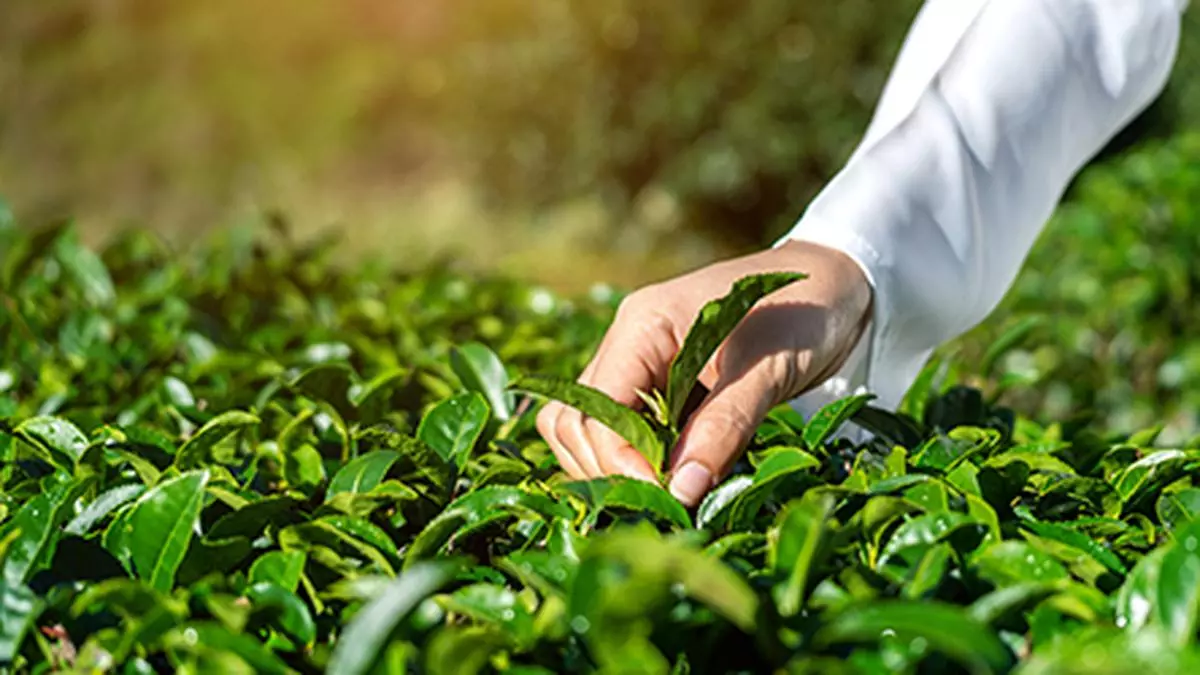Empowering rural farmers: The game-changing benefits of drone spraying technology
Drones are revolutionising the agricultural landscape in India, offering a game-changing solution to the challenges faced by rural farmers. Traditional methods of crop spraying have long been plagued by inefficiencies and drawbacks, but the advent of drone technology is poised to transform the way farmers manage their fields and protect their crops.
Traditional crop spraying methods, their pitfalls
Historically, farmers have relied on manual spraying techniques or tractor-mounted sprayers to apply pesticides, herbicides, and fertilizers to their crops. However, these traditional methods are often labour-intensive, time-consuming, and fraught with challenges:
Uneven distribution of chemicals: Manual spraying can lead to uneven coverage, resulting in some areas receiving excessive amounts of chemicals while others are left untreated.
Health risks to workers: Exposure to toxic chemicals during manual spraying poses serious health risks to farm labourers, leading to respiratory diseases and even fatalities.
Difficulty in accessing remote or hard-to-reach areas: Tractor-mounted sprayers struggle to navigate through dense foliage or uneven terrain, leaving certain areas of the crop vulnerable to pests and diseases.
Soil compaction: The weight of heavy machinery can cause soil compaction, which can negatively impact soil health and crop yields over time.
Transformative power of technology
Drone technology offers a revolutionary solution to these problems, providing farmers with a more efficient, precise, and cost-effective method of crop spraying. Drones equipped with specialized spraying equipment can precisely apply the required amount of chemicals, minimizing waste and reducing the overall quantity of pesticides and fertilizers needed.
Improved coverage and precision: Drones can access hard-to-reach areas and provide uniform coverage of the crop canopy, ensuring that every plant receives the necessary protection.
Reduced chemical usage: By targeting specific areas of the field and applying the exact amount of chemicals needed, drones can significantly reduce the overall usage of pesticides and fertilizers, leading to cost savings for farmers and a more sustainable approach to agriculture.
Time and labour savings: Drones can cover large areas of land quickly and efficiently, reducing the time and labour required for manual spraying. A typical modern drone can spray a hectare in just 10 minutes, compared to a full day’s work for traditional methods.
Improved crop health and yields: By providing precise and timely application of chemicals, drones can help prevent crop diseases, reduce weed growth, and promote overall plant health. This can lead to higher crop yields and increased profitability for farmers.
Reduced soil compaction: Drones, being lightweight and agile, cause minimal soil compaction compared to heavy machinery, preserving soil health and promoting sustainable agriculture.
Overcoming challenges, embracing the future
Drone spraying technology in agriculture is gaining traction in India, promising increased efficiency and reduced labor costs. However, several challenges hinder its widespread adoption.
1. Regulatory hurdles
The regulatory framework for drone usage in agriculture is still evolving. Concerns about safety, privacy, and compliance with aviation regulations pose significant barriers. Clear guidelines and standards for drone operations, especially concerning pesticide applications, are necessary for farmers to adopt this technology confidently.
2. High initial investment costs
The cost of agricultural drones can be prohibitive for many farmers, especially those with smaller landholdings. Prices for drones range from approximately ₹5-10 lakh which can be a substantial financial burden. Although the long-term savings in labour and materials may offset these costs, the initial investment remains a significant barrier to entry.
3. Limited technical knowledge and skill development
Operating drones requires specific skills and knowledge, which many rural farmers may lack. Training programs and workshops are essential to equip farmers with the necessary expertise to operate and maintain drones effectively. The scarcity of trained personnel further complicates the situation, as farmers may struggle to find skilled operators to manage drone operations.
4. Internet connectivity issues
Many rural areas in India suffer from poor internet connectivity, which is crucial for the effective operation of drones. Drones often rely on real-time data and GPS systems, which can be compromised in areas with weak or no internet access. This lack of connectivity can hinder the deployment and efficiency of drone technology in agriculture.
6. Environmental concerns
While drone spraying can reduce chemical usage and minimize environmental impact, there are concerns about pesticide drift and potential contamination of non-target areas. Experts warn that aerial application of chemicals can lead to broader dispersal, potentially harming nearby ecosystems and communities. Ensuring that drones are operated according to strict guidelines is essential to mitigate these risks.
7. Limited flight time and range
Most agricultural drones have a limited flight time, typically ranging from 20 to 60 minutes per charge. This restriction can limit the amount of land that can be covered in a single operation, raising operational costs and reducing efficiency. Farmers may need multiple drones or additional battery packs to complete larger fields, further increasing costs.
While drone spraying technology presents significant advantages for Indian agriculture, including improved efficiency and reduced labour costs, several challenges must be addressed for its successful implementation. Regulatory frameworks need to be established, initial investment costs reduced, and training programs developed to equip farmers with the necessary skills. Additionally, addressing environmental concerns and ensuring reliable internet connectivity will be critical to maximizing the potential of drone technology in agriculture. As these challenges are met, drone spraying could become an integral part of modern farming practices in India.
The author is CEO at PDRL Ltd.
